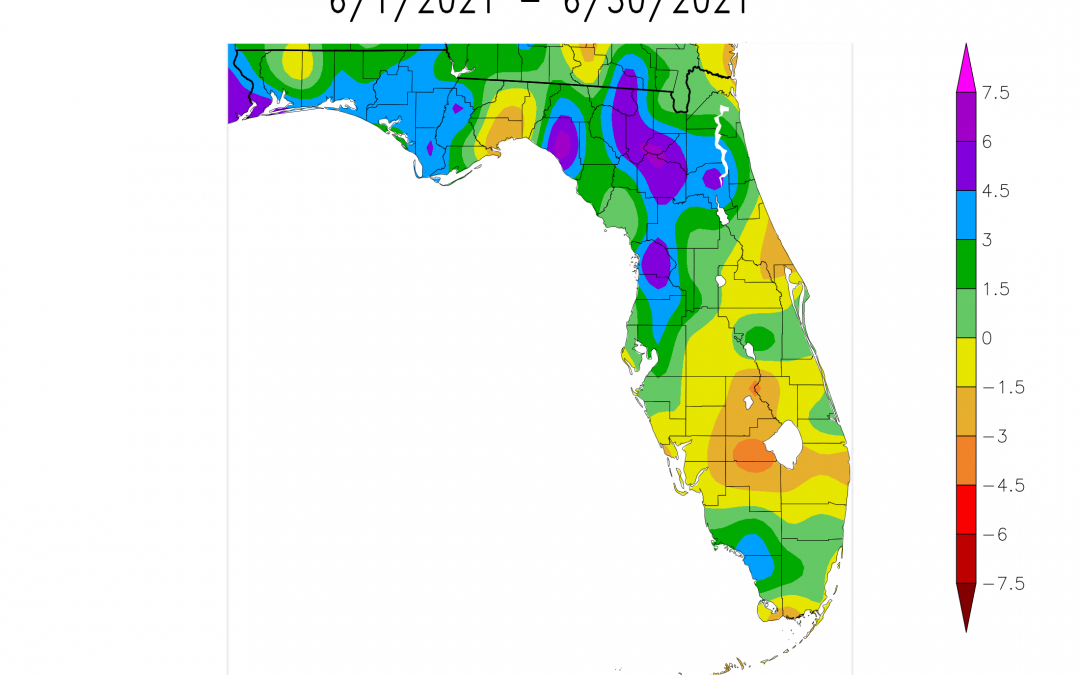
by Doug Mayo | Jul 16, 2021
Rainfall June 2021 was a wet month, especially for the western Panhandle counties that received rainfall from Tropical Storm Claudette. There were also bands of rain that swept north from the Gulf as the storm dissipated in Alabama and Georgia. You can see in the...
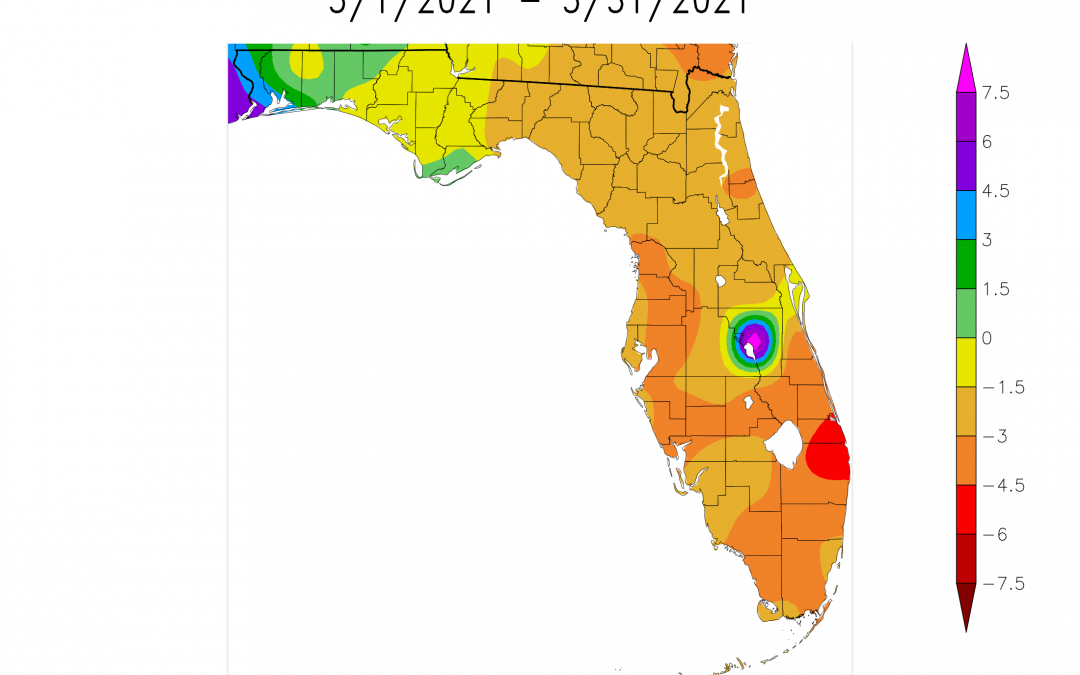
by Doug Mayo | Jun 11, 2021
Rainfall May 2021 had a lot of variation that made it somewhat unusual. The month started cool and damp and ended with a high pressure system that held off rain with normal temperatures. The two maps above show the rainfall totals for Florida compared to normal. ...
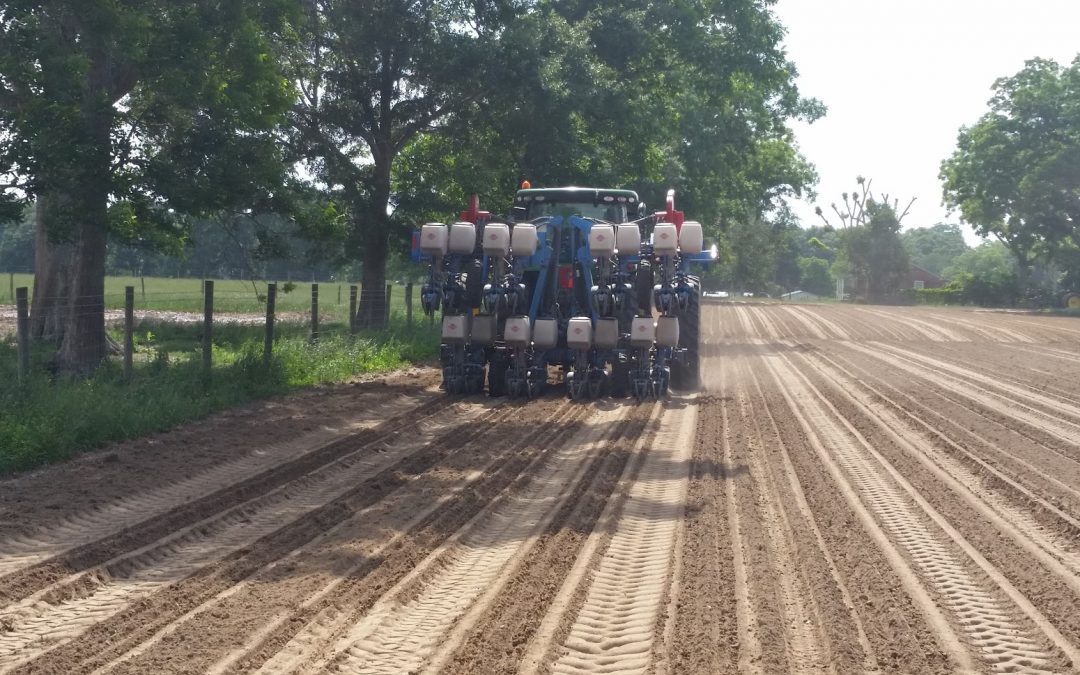
by Mark Mauldin | May 21, 2021
Mark Mauldin, Ag & Natural Resources Agent Washington County, Dr. Barry Tillman Peanut Breeder UF/IFAS NFREC, and Camila Ichazo Peanut planting is well underway across the entire peanut producing region of Florida. Some of the earliest planted peanuts have been in...
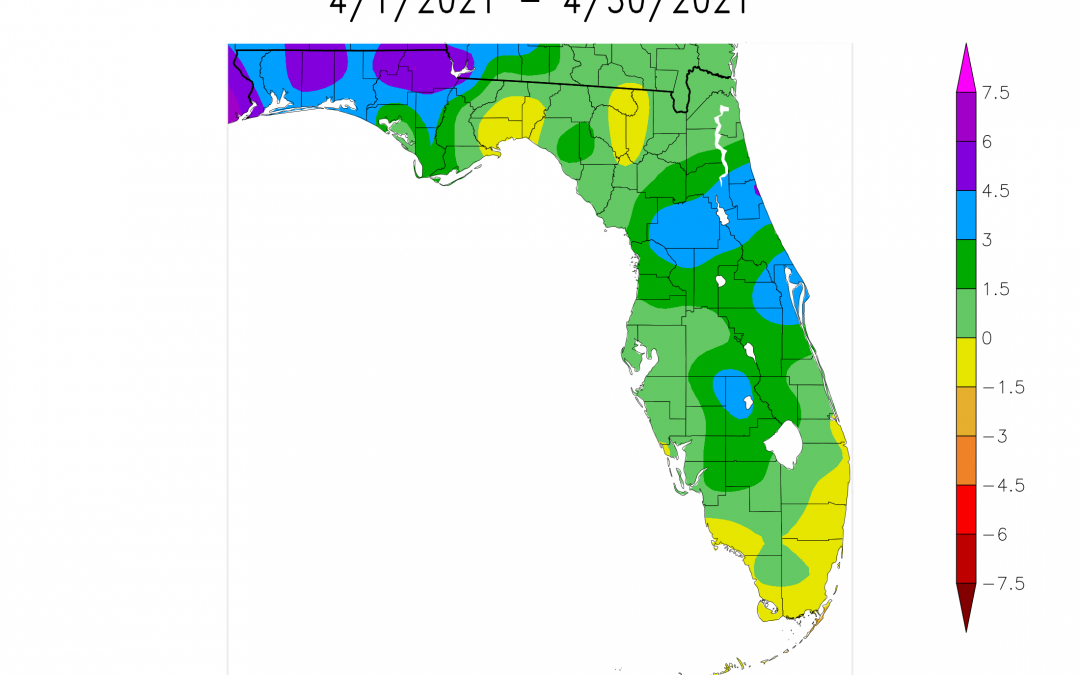
by Doug Mayo | May 14, 2021
Rainfall April 2021 was a unique month with cooler than average temperatures and above average rainfall for much of Florida. In the map to the left above, you can see the estimated rainfall totals for April with areas in purple reviving more than 9.5″, blue...
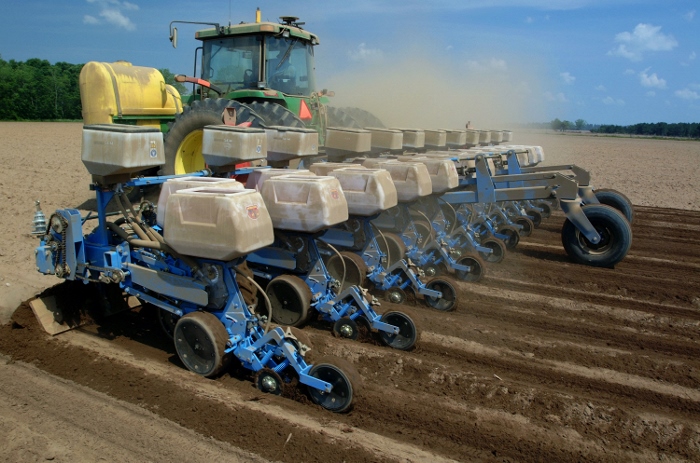
by Mark Mauldin | May 7, 2021
Mark Mauldin, Ag & Natural Resources Agent Washington County, Dr. Barry Tillman Peanut Breeder UF/IFAS NFREC, and Camila Ichazo This year’s peanut seeds may have just gone into the ground, but it’s never too early to take steps to maximize your crop’s yield...
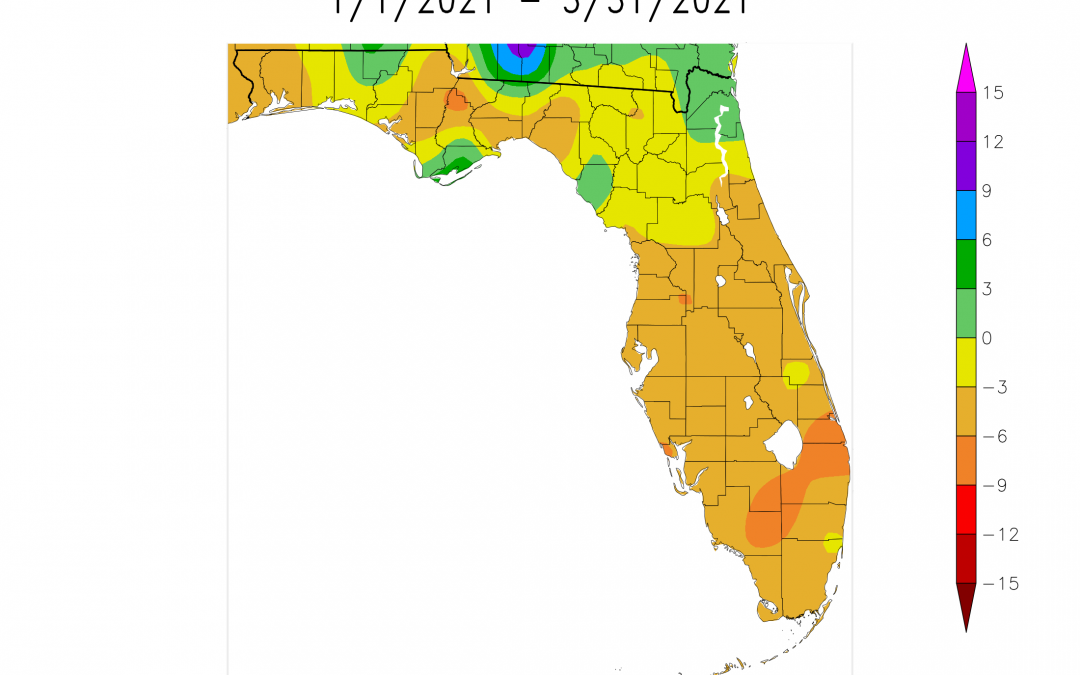
by Doug Mayo | Apr 23, 2021
If you are a weather enthusiast, and follow the series of regular weather summary updates through this blog, you know there was some concern from the winter and 1st quarter 2021 outlooks in the Southeastern U.S. Fortunately, the Climate Predication Center (CPC)...







